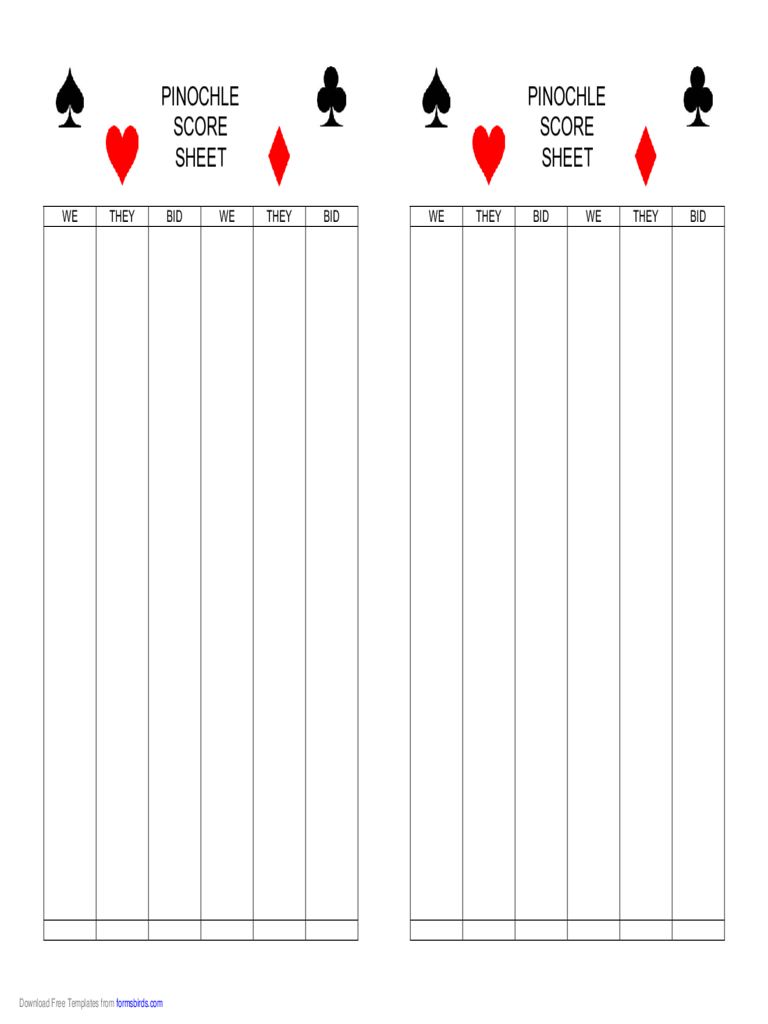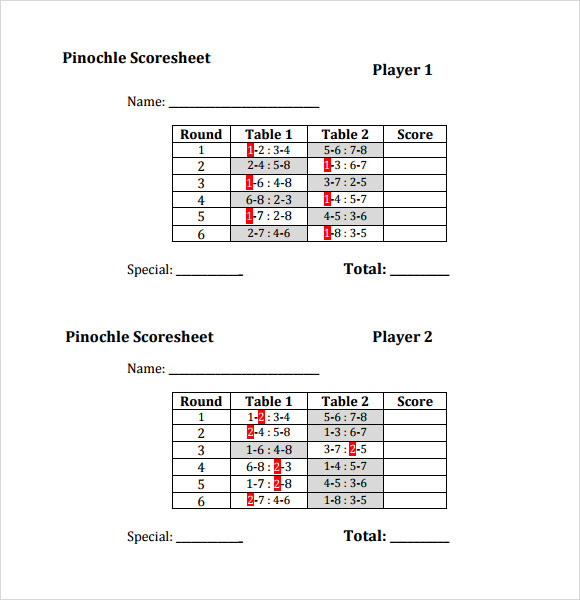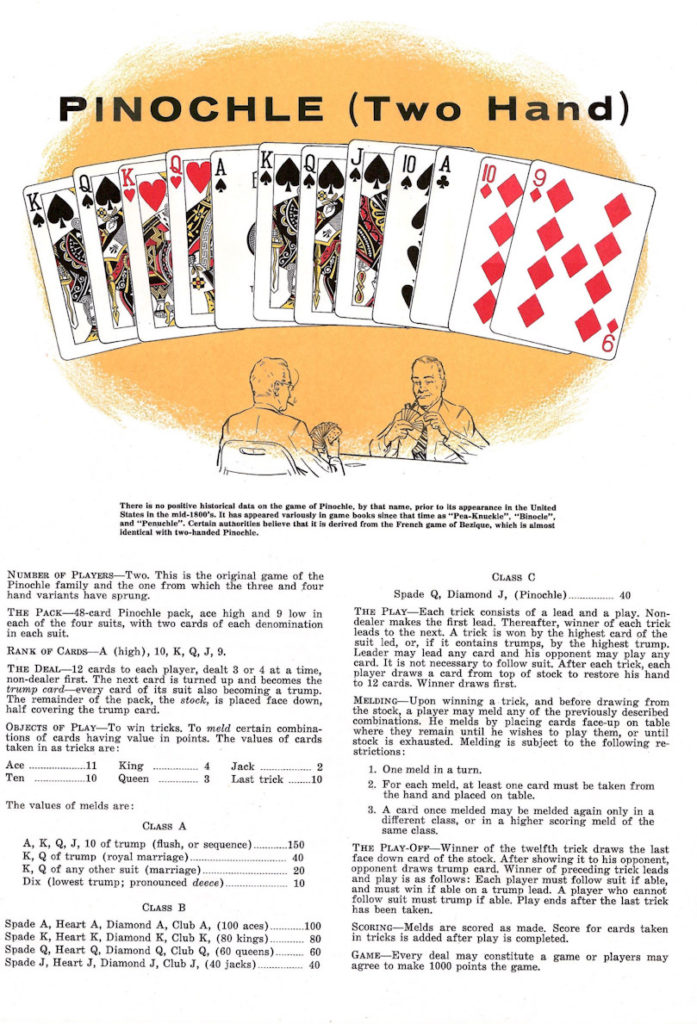

Player 1 leads with ace, player 2 plays jack, player 3 plays king, player 4 lays ace. If two or more of the same card are played in the same trick, the first one played wins the book (e.g. If you don’t have a card of the lead suit, one *must* play trump, if possible (if you’ve no trump either, one can throw off suit). One must follow the lead suit, and beat the highest value card played, if possible. Like spades or hearts, winner of book has the lead for the following book. Run (ace, 10, king, queen, jack of same suit) = 15ĭouble run (2 As, 2 10s, 2 Qs, 2 Js) = 150*Ĥ Q (spade) + 4 J (diamond)= game bid, but must bring it in with a marriage threshold is reached otherwise, a renege is committed and offending team is set value of the bid. If he has it, a player must always declare aces around (one ace of each suit) whether or not the 20 pt.

Opposing team can lay down meld as long as they can show 20 pts. Winner of the bid chooses trump by laying down a marriage in that suit. If less than, the team who took the bid is set the value of the bid. A successful bid consists of the sum of the meld and in play points equalinf or surpassing the value of the bid. The winner of the bid declares trump suit by laying down a marriage, K + Q, and leads the first book. 4 or 5 cards are dealt at a time to each player until all players hold 20 cards.īidding starts with the player left of the dealer and goes around the table. The deal rotates around the table clockwise, following the distribution of cards.

Each hand has two parts: melding and play. Only 5 card values make up the deck: Ace, 10, King, Queen, Jack (in that order, highest to lowest). A pinochle deck is almost twice the size of a normal deck, coming to a total of 80 cards (96 if you play with 9s). The most commonly played variant is known as double-deck pinochle.


 0 kommentar(er)
0 kommentar(er)
